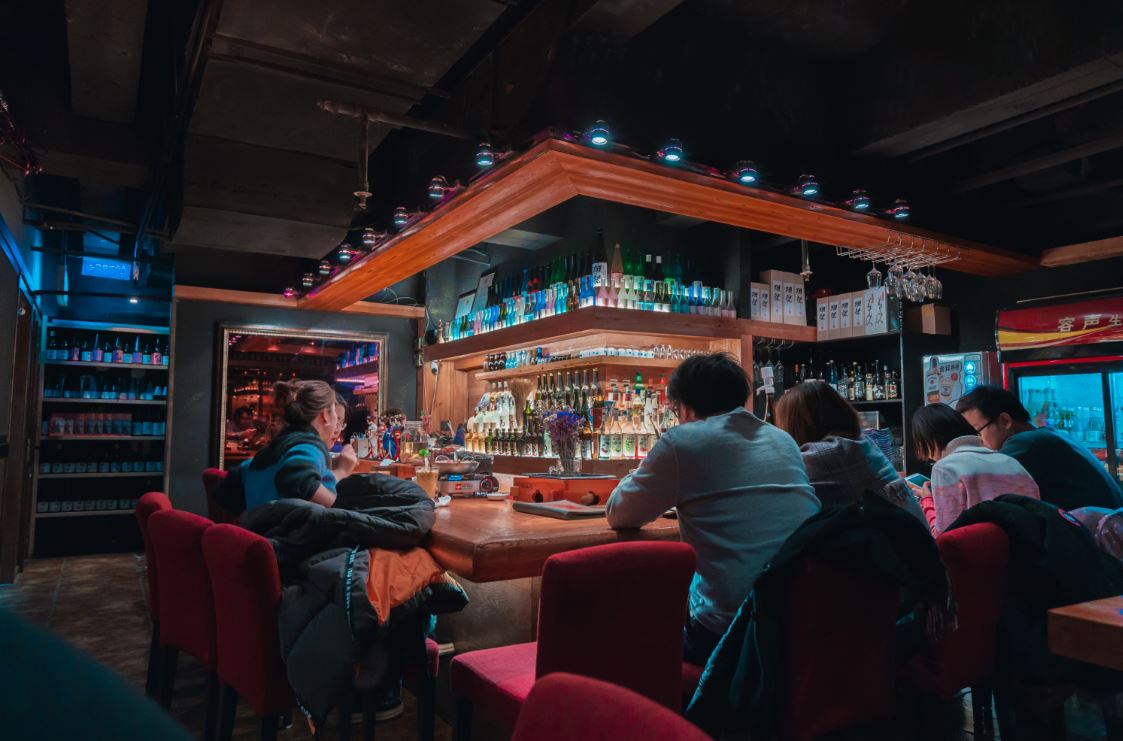Nation's alcohol consumption on rise


The occasions and places where Chinese drink alcohol have gradually changed, said Loris Li, research director at Mintel China Reports, adding that the growth rate for domestic alcohol consumption exceeded that for imported drinks last year.
Total spending last year by Chinese on imported alcohol was estimated at 565 billion yuan, a rise of 1 percent year-on-year, while spending on domestic alcohol was estimated at 501 billion yuan, up by 4.1 percent year-on-year.
Some 58 percent of consumers drank spirits during festivals with family or friends last year, while 48 percent did so at home at other times of the year.
"Meals with family and friends are now the most popular occasions where Chinese drink alcohol," Li said. "Connecting drinking with family dining will be key to boosting sales."
Chen, from Kantar, said many alcohol producers are striving to attract young drinkers-a promising future market. For example, Chinese liquor brand Maotai, which used to be associated with a mature image and high-end occasions, has started to attract young consumers, using different styles of packaging and design.
The baijiu brand Jiangxiaobai was launched in 2011, based on the younger generation's demand for spirits with a less spicy taste than traditional baijiu. Sales of the brand last year reached 2 billion yuan, and it has been exported to more than 20 countries in Asia, Europe and Africa.
Liu Peng, deputy general manager of Jiangxiaobai, said the Chinese baijiu market has exceeded 600 billion yuan, and the older generation likes the drink's strong and spicy flavor.
"But the younger generation, those born in the 1980s and '90s, prefer the taste to be light and pure, which is still an uncontested market," he said.
Liu said the younger generation's "drinking lifestyles" are now closer to those in the West. In the past, Chinese used to drink during long and heavy dinners, but now they take alcohol on various occasions and at different times in bars, restaurants, offices, at home and during travel.
Compared with traditional baijiu brands, Jiangxiaobai has made two changes to cater to young consumers. First, it lowered the alcohol content and "softened" the taste to appeal to young graduates who used to drink beer before entering the job market. Then, it used packaging and designs to match young people's tastes, and also held activities to attract them.
"The demands of the younger generation change very quickly, so our products and brands have to evolve as well," Liu said.
Chen said that as the demands of Chinese consumers have become more diversified, sales of drinks in small-category and niche markets are booming.
"Many private small liquor shops and bars are generally playing an increasingly important role in Chinese consumers' lives, as are imported alcoholic drinks and craft beer," she said.




































